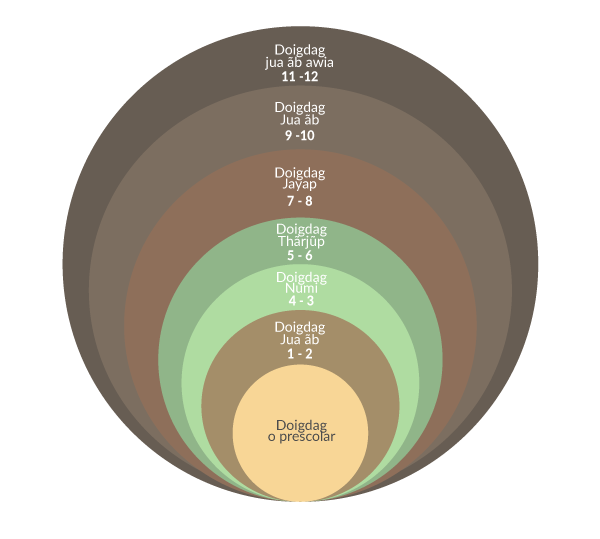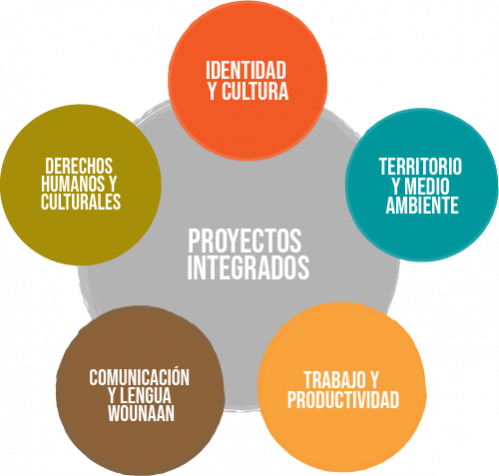Essays are an integral element of the academic curriculum. They are the basis for many of the current advanced classes and are used in the process of completing the requirements for the course. Students should be prepared to write at least one essay for each assignment, as it is expected to submit a writing example for review. It is important to learn how to write essays, because they are often important.
An essay is a piece writing that outlines the author’s viewpoint. However, the exact definition is not entirely clear. It could include a personal letter or newspaper article, or an essay, or books and even a story. Essays are categorized as academic and written for multiple reasons. A formal essay is written to argue about a topic or present data that supports or discredits the thesis analisi grammaticale a online. The thesis of a thesis essay is more concrete than an academic narrative’s but both types of essays are often mixed, particularly when students are required to write.
The main difference between these types of essays is that thesis essays usually contain specific information and data about one subject. For instance, if the subject of discussion is research in the field of science, then the essay will probably be based on research conducted by scientists. Narrative essays, on the contrary, could contain textprüfung personal information and data. Personal information can include personal stories, or as simple as an account of an incident. Narrative essays often use personal language that makes them appear more intimate than essays based on research.
There are a number of different ways to go about writing these essays. The most common method is to pick two or more main kinds of essays, including descriptive, argumentative, or expository, and then compile your essay examples in accordance with the main type. This will allow you to write two or three sections for each essay. This lets you write a more extensive piece of literature than if you had only one or two main types, as you will not be overwhelmed by the particulars of each kind.
An expository essay has the potential to be extremely long, based on the topic that you choose to tackle. Expository essays can be extremely long and can cover subjects such as politics or philosophy. A descriptive essay is a shorter piece of writing that is focused on a specific subject. It is usually written on a single topic like science or history. This type of essay requires you to write very little. If you are asked for details or testimony about a particular aspect of your topic you should be able to give a detailed and accurate description of what you have learned or have experienced.
A descriptive essay typically lays the foundation for what is to follow. An expository however, will build up to a certain point, and then move towards another point. The majority of the time an expository follows a similar route, but it may differ from the preceding one. It is important to ensure that your reader understands the subject matter you’re writing. Don’t spend too long building up to a point. Your readers will be interested by the remainder of your essay. One method to keep readers entertained is to change the order of your paragraphs and subplots within the essay, allowing the reader to look at the essay from a variety of angles.
Narrative essays, unlike most other forms of writing they are written to convince the reader. Contrary to descriptive and expository essays, narrative essays are primarily designed to convince readers through personal experiences. They require you to examine various aspects of your story to convince the reader that you have a valid viewpoint. Additionally, you will likely be sharing different aspects of your life, so you will want to carefully select and arrange the segments within your story to tell your story effectively. Also, your story must be factual; if not the essay you write could be considered inaccurate and even false.
Final, in all essays, you’ll probably be asked to write an argumentative thesis statement. The purpose of the thesis statement is to formal assert your position in the essay you’ve written. The length and content of your thesis statement are entirely up to you; but remember that your thesis statement will serve as the piece of evidence that you present in your defense at the end of your essay. You will have no problems writing the essay portion of this course if carefully write your thesis statement.





